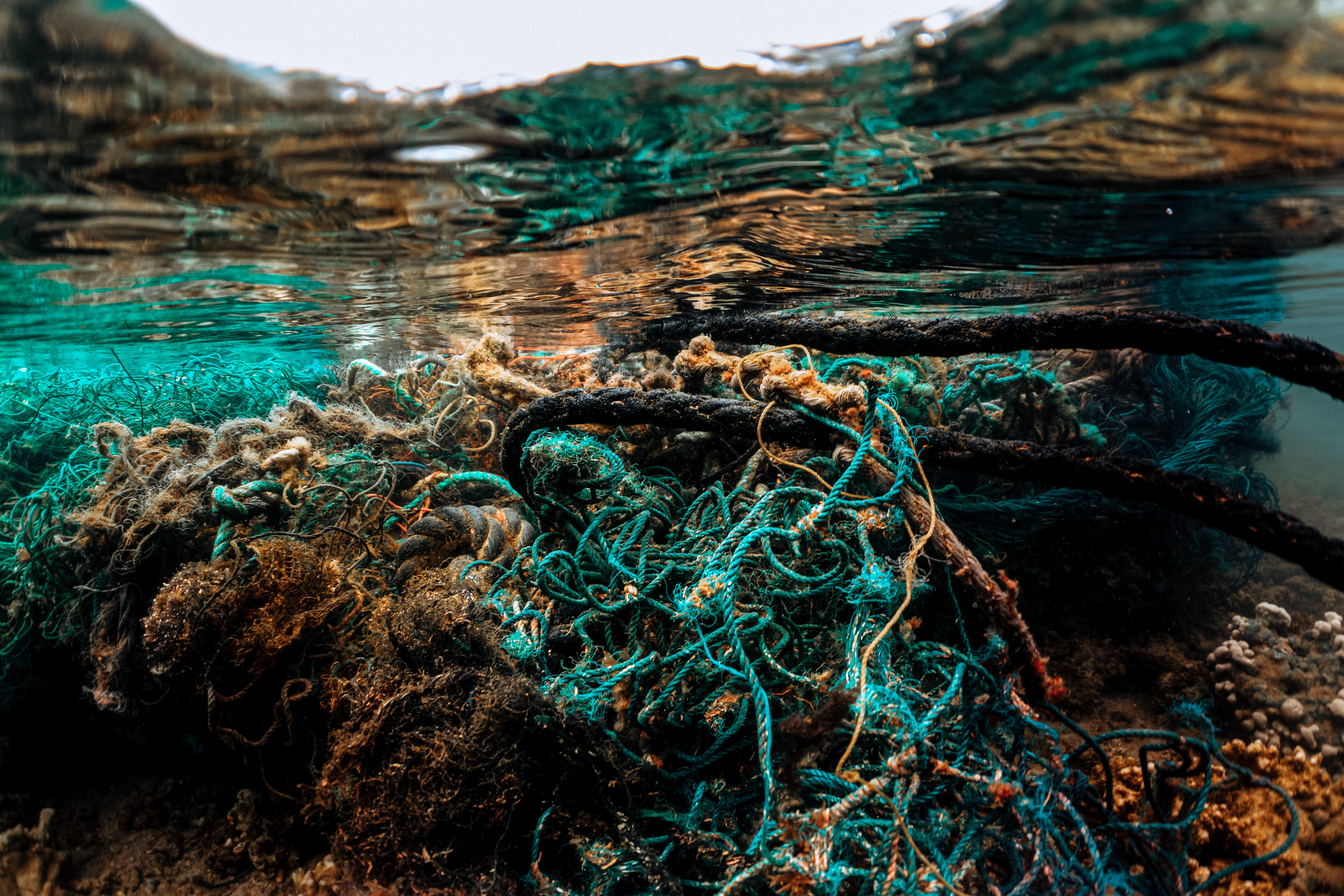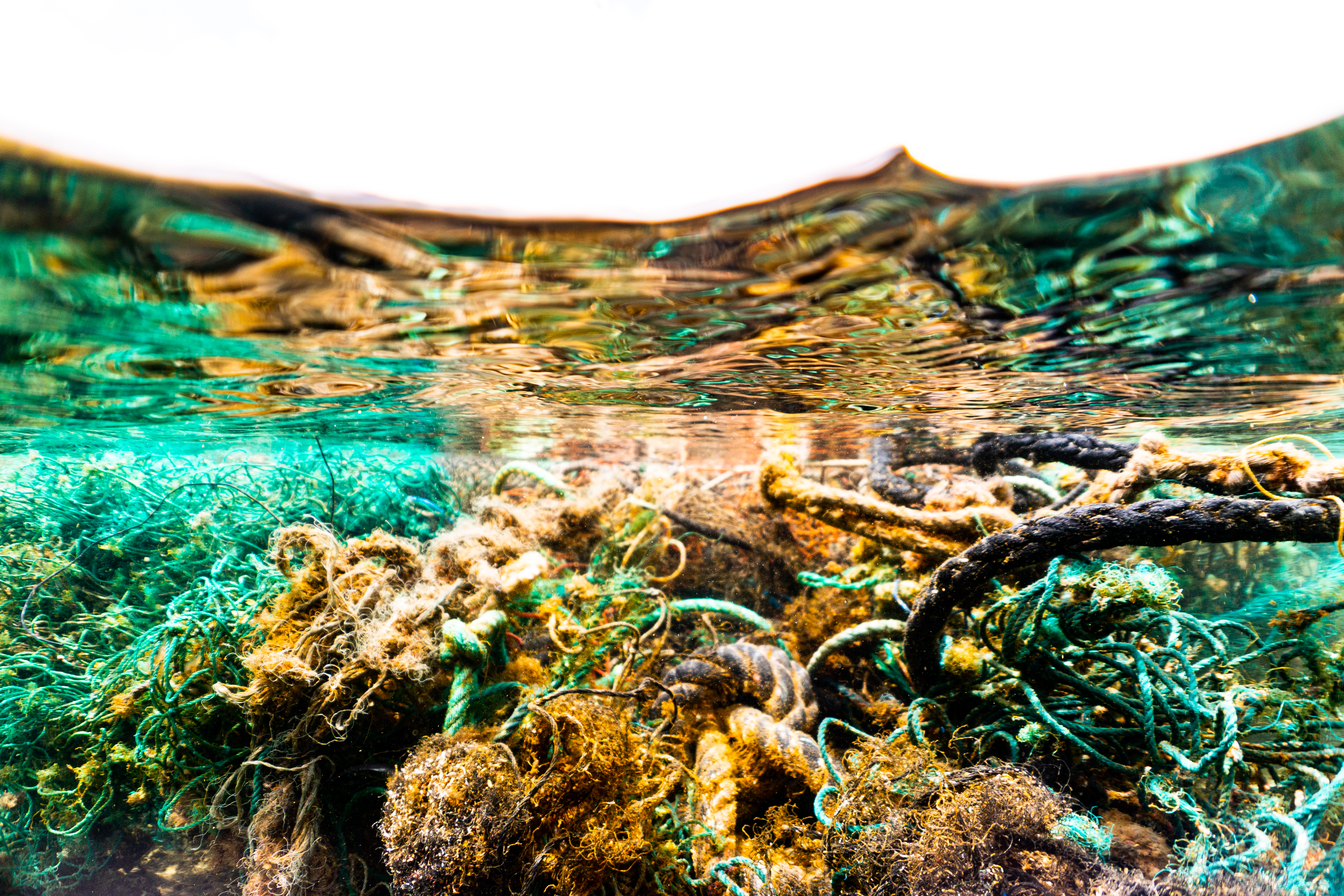
DERELICT FISHING GEAR (DFG) BOUNTY PROJECT
The goal is to remove 100 metric tons of DFG from the central North Pacific, especially from at sea, over the span of two years to prevent damage to coral reefs and entanglement of marine life.

Derelict Fishing Gear (DFG) Conglomerate
$1.00/ Dry Pound of Conglomerates & non-dFAD DFG

Drifting Fish Aggregation Device (dFAD) Raft
$1.50/ Dry Pound of Drifting Fish Aggregation Device (dFAD Raft)

Drifting Fish Aggregation Device (dFAD) Buoy
$2.00/ Dry Pound of dFAD Buoy attached to dFAD Raft
$3.00/ Dry Pound of detached dFAD Buoy
ELIGIBILITY FOR PARTICIPATION
To be eligible for participation you must own or operate a federally permitted Hawaii longline vessel or be a licensed commercial fisher in State of Hawaii
Requirements:
- Prior to removing DFG you must be registered (using the link below) for our bounty program (with the exception of HLA members)
- DFG must be 100 pounds or larger (i.e. half of a standard pickup truck bed) with the exception of dFAD buoys
- Photos of DFG prior to removal
- GPS Coordinates of DFG
- Removal Date
- DFG must be brought to land on O‘ahu
- The fisher will remain responsible for safe delivery of the materials in compliance with law and communicate with HPU at the earliest moment by calling or texting 808-509-6571 so that HPU can prepare and coordinate for receiving the DFG
*Disclaimer: HPU reserves the right to refuse particular DFG or modify the acceptable types and amounts of DFG at any time
HOW THE BOUNTY WORKS
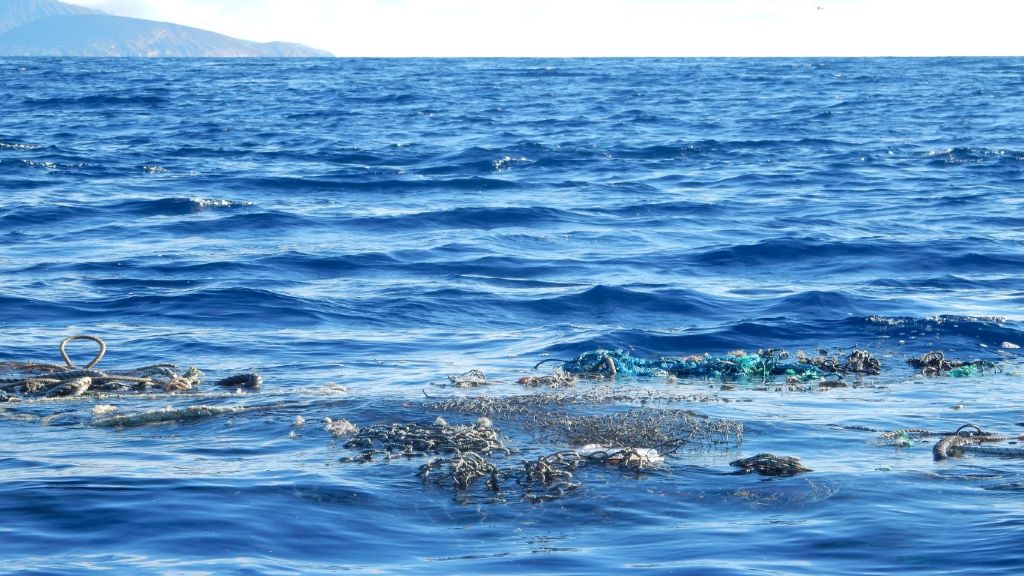
AT SEA
- Discover DFG at sea
- Confirm if meets the project requirements
- Take a photo of the DFG, record GPS coordinates and removal date
- Safely remove from the ocean and store separate from other DFG
*Shoreline DFG found below the high tide can be eligible.
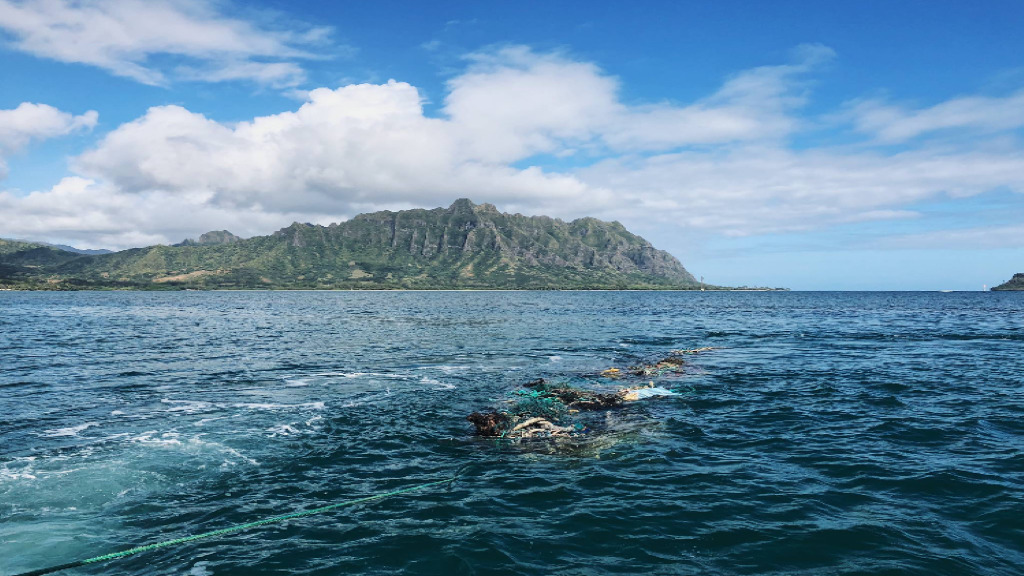
IN TRANSITION TO SHORE
Contact HPU CMDR via our dispatch phone 808-509-6571 with estimated time of arrival and approximate size of the DFG (i.e. will it fit in a pickup truck bed?)

AT HARBOR
- HPU CMDR will meet you at the harbor to retrieve the DFG
- HPU CMDR will gather preliminary data and information from you
- HLA (if you are a member of HLA) or HPU CMDR (if you are a licensed commercial fisher) will make a payment to you once a dry weight is taken
SAFE REMOVAL PRACTICES
Removal of DFG poses hazards to the individuals, property, and environment. Involvement in the program is voluntary and participants are assuming all liability.
Below are helpful resources on removing derelict fishing gear.
REGISTRATION
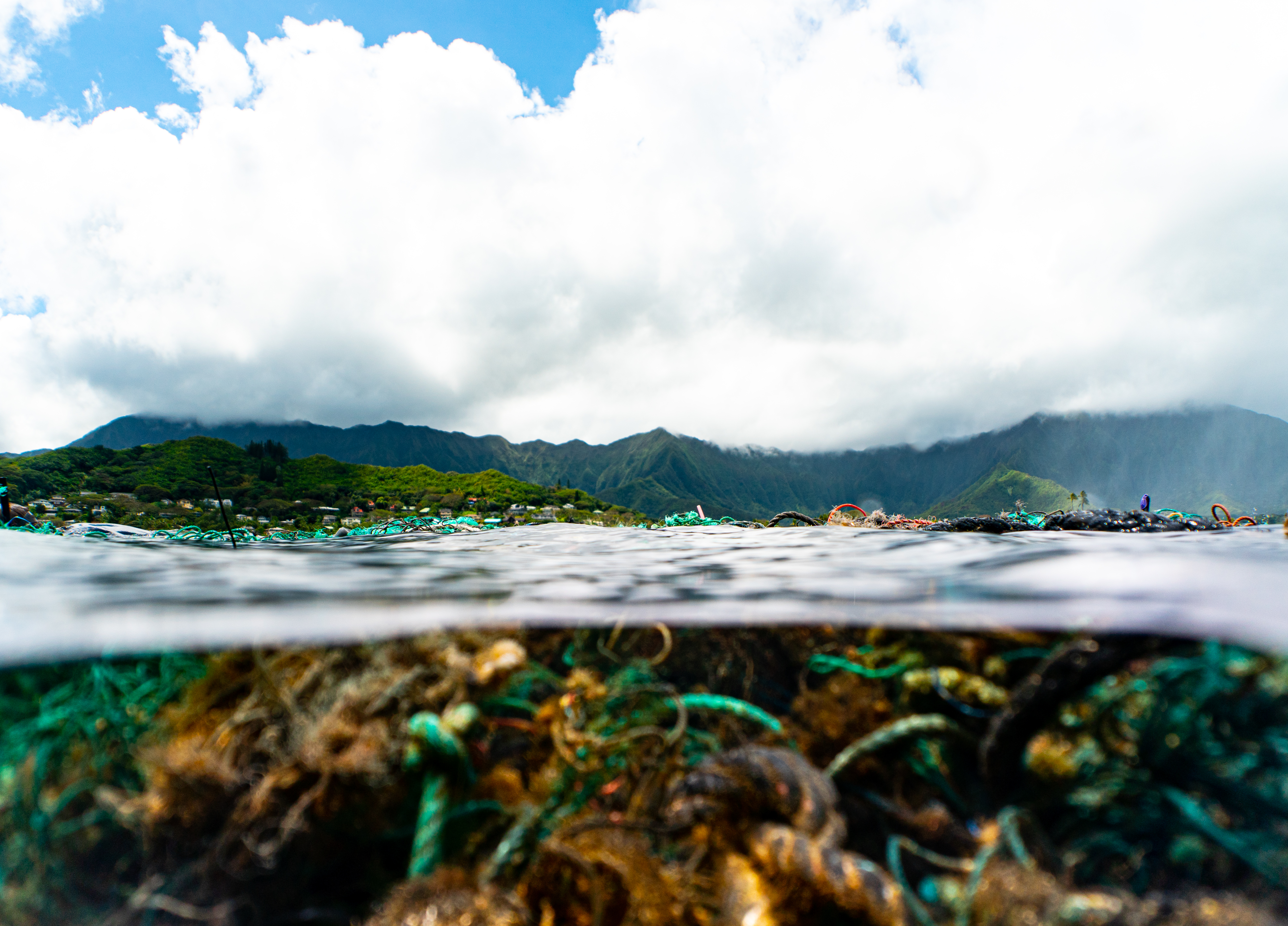
PREPARE TO REGISTER
- Liability waiver
- Self-attestation to reviewing, understanding and abiding by the provided safety guidance
- W-9
- Vessel and contact information
IN COLLABORATION WITH
- National Oceanic and Atmospheric Administration's Marine Debris Program
- Ocean Conservancy from the #TeamSeas campaign
- Hawaii Sea Grant
- Norwegian Retailers' Environment Fund
- Ocean Conservancy's Global Ghost Gear Initiative
- Hawaiian Longline Association
- Hawaii Department of Land and Natural Resources Division of Aquatic Resources
- Nets to Energy
- Schnitzer Steel Hawai‘i Corporation
- H-Power (Covanta)
FREQUENTLY ASKED QUESTIONS
- Why must the DFG be over 100 pounds to be eligible? This is to avoid fuel consumption and greenhouse gas emissions from frequent trips to harbors in the HPU truck for small amounts of DFG.
- How long does the project last? The bounty will be paid until funds are exhausted.
- How will I know when the bounty has ended? We will send you an email when the program is over.
- How long will it take to get paid? To get a dry DFG weight we will let it dry for 4 days, take a weight and process a payment. For checks, please expect ~2 weeks after a dry weight.
- What happens to the DFG? After all information is collected from the DFG, the material is recycled or repurposed for research, education, or art.


